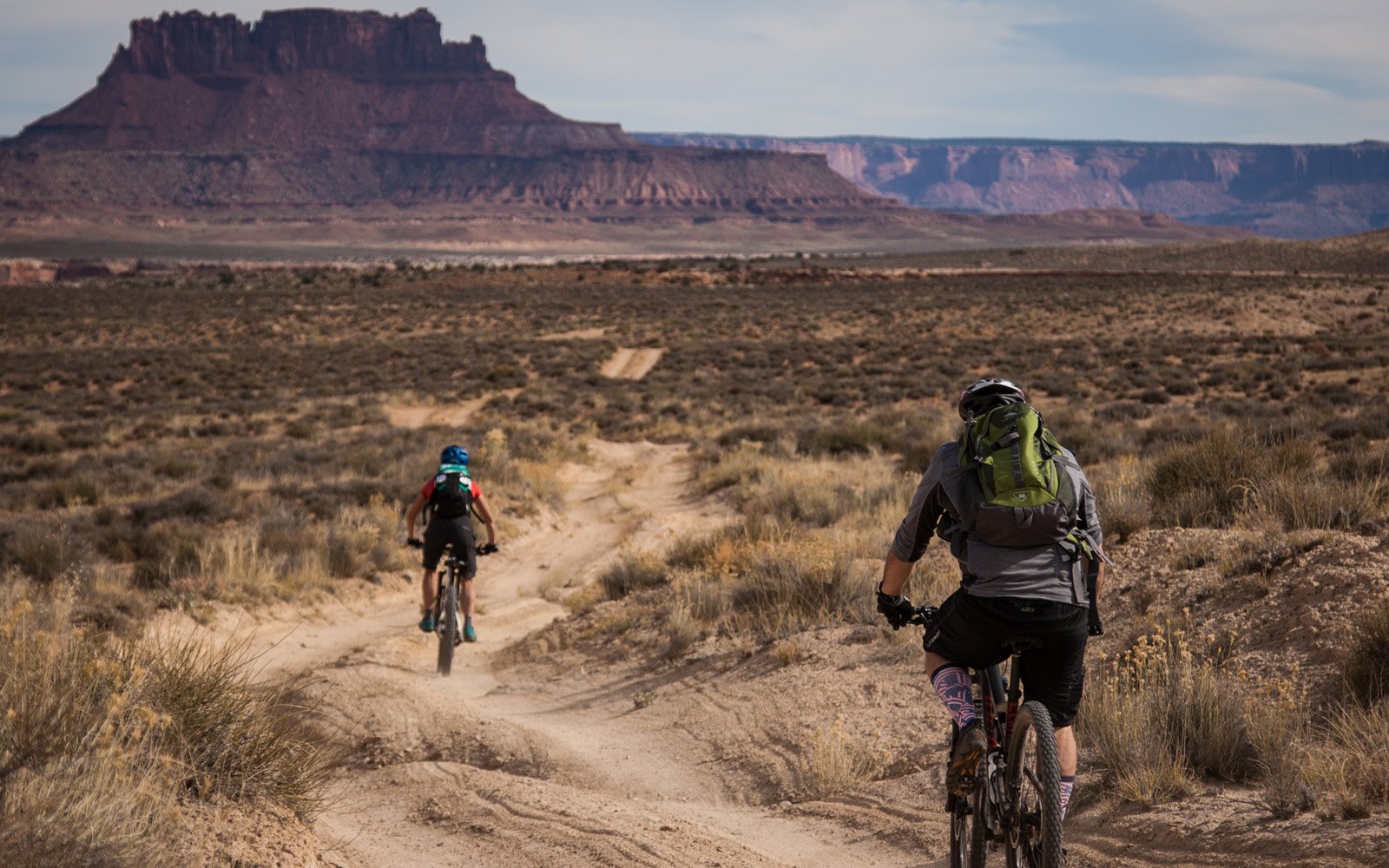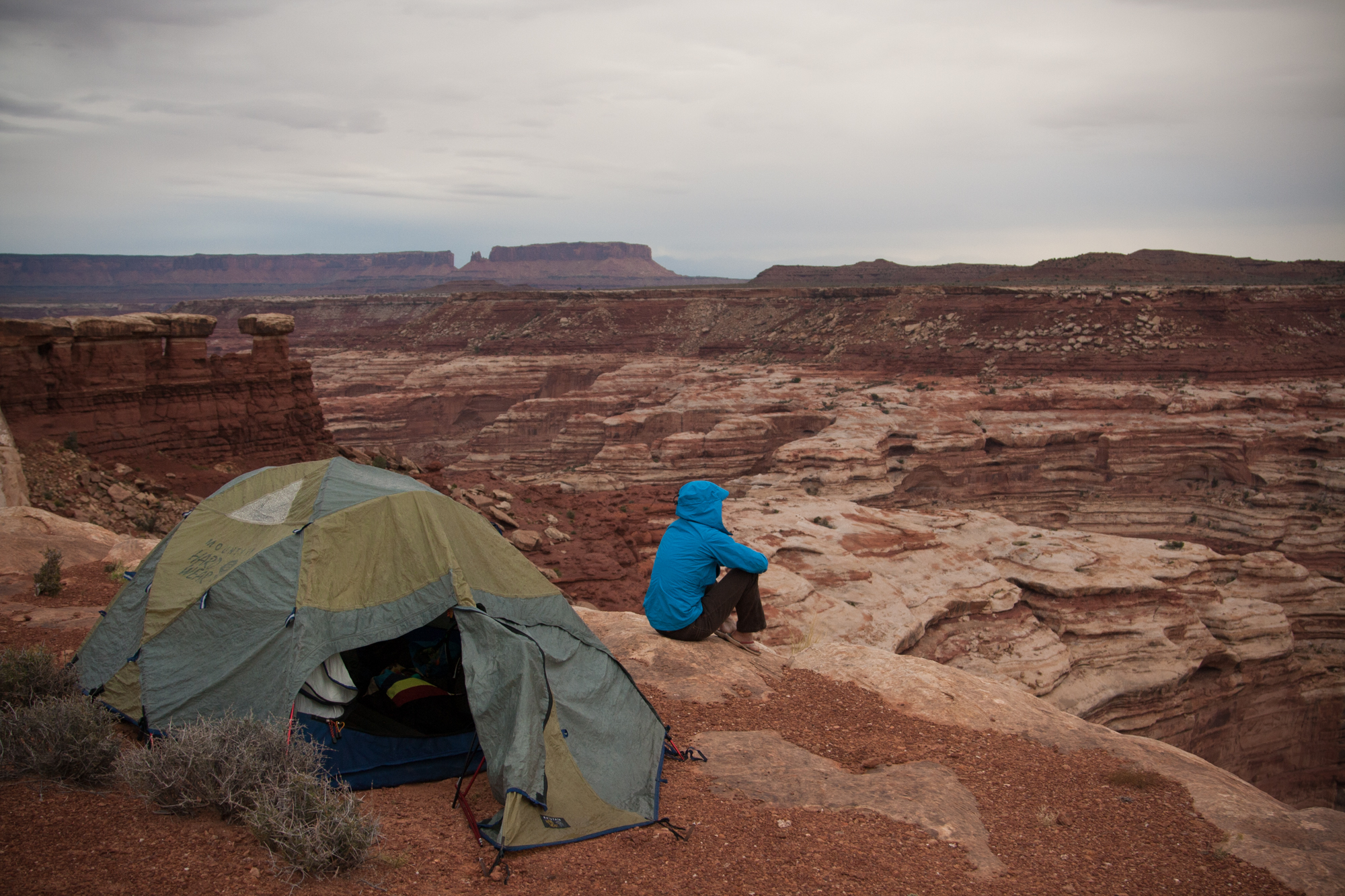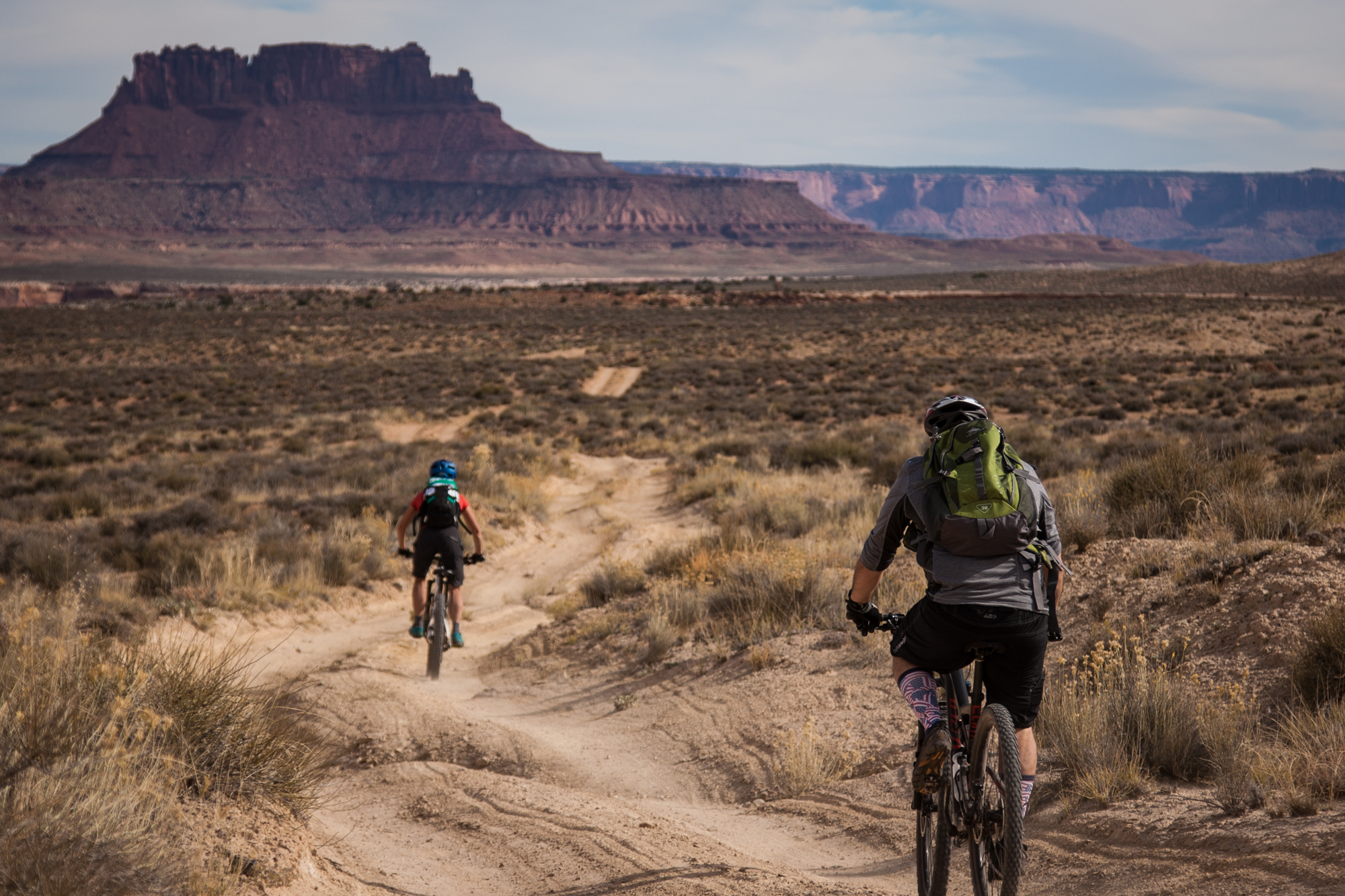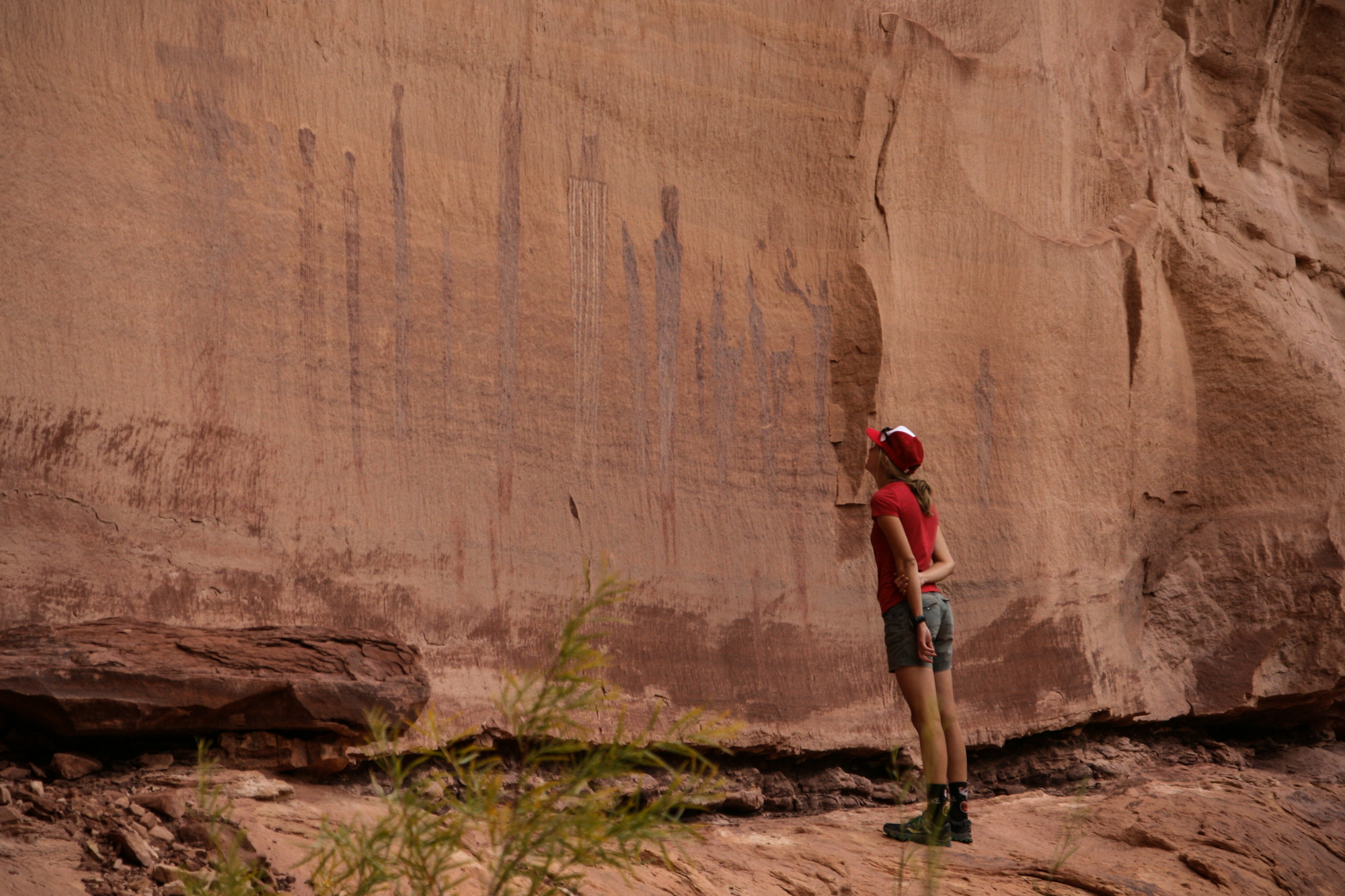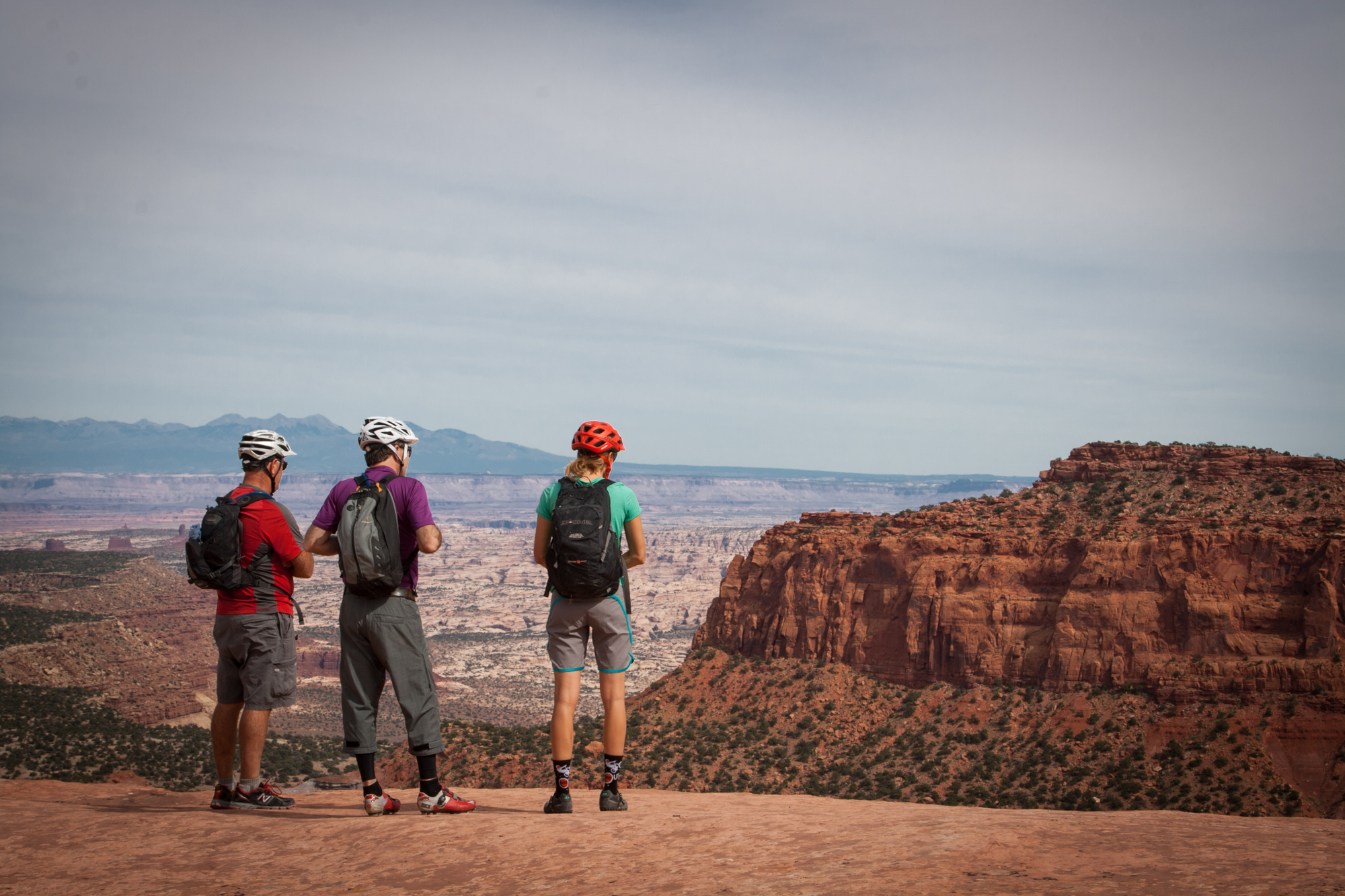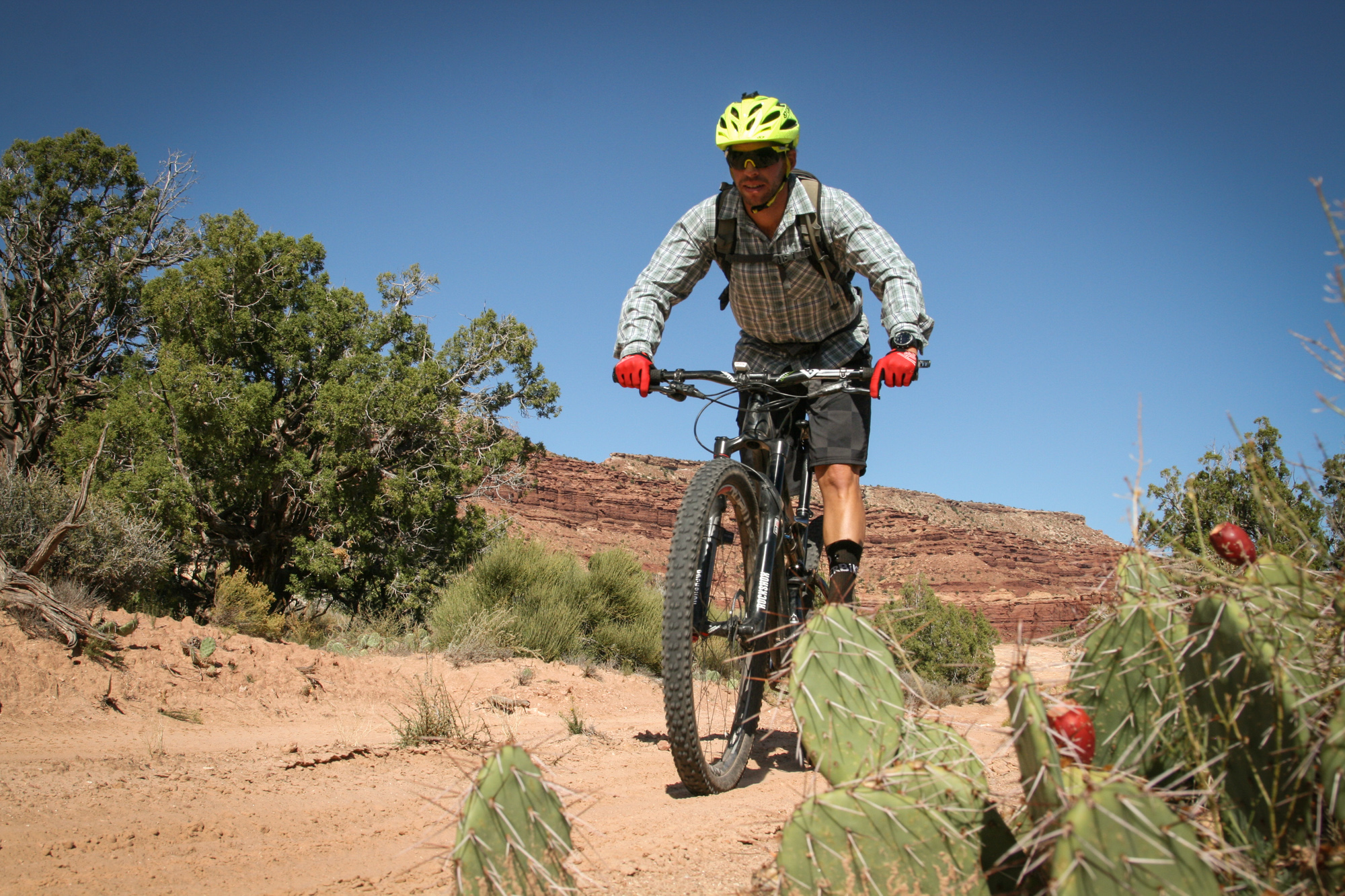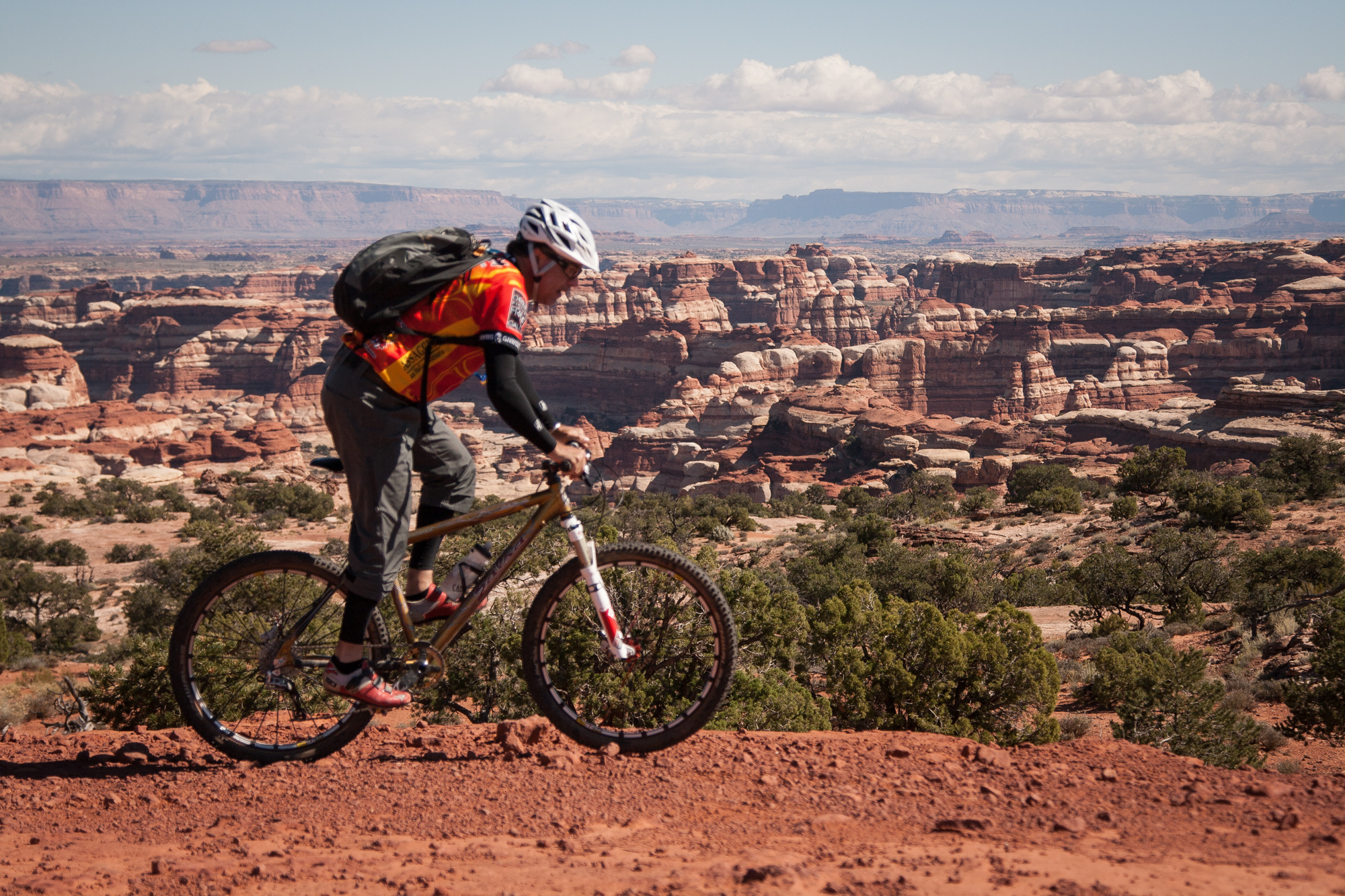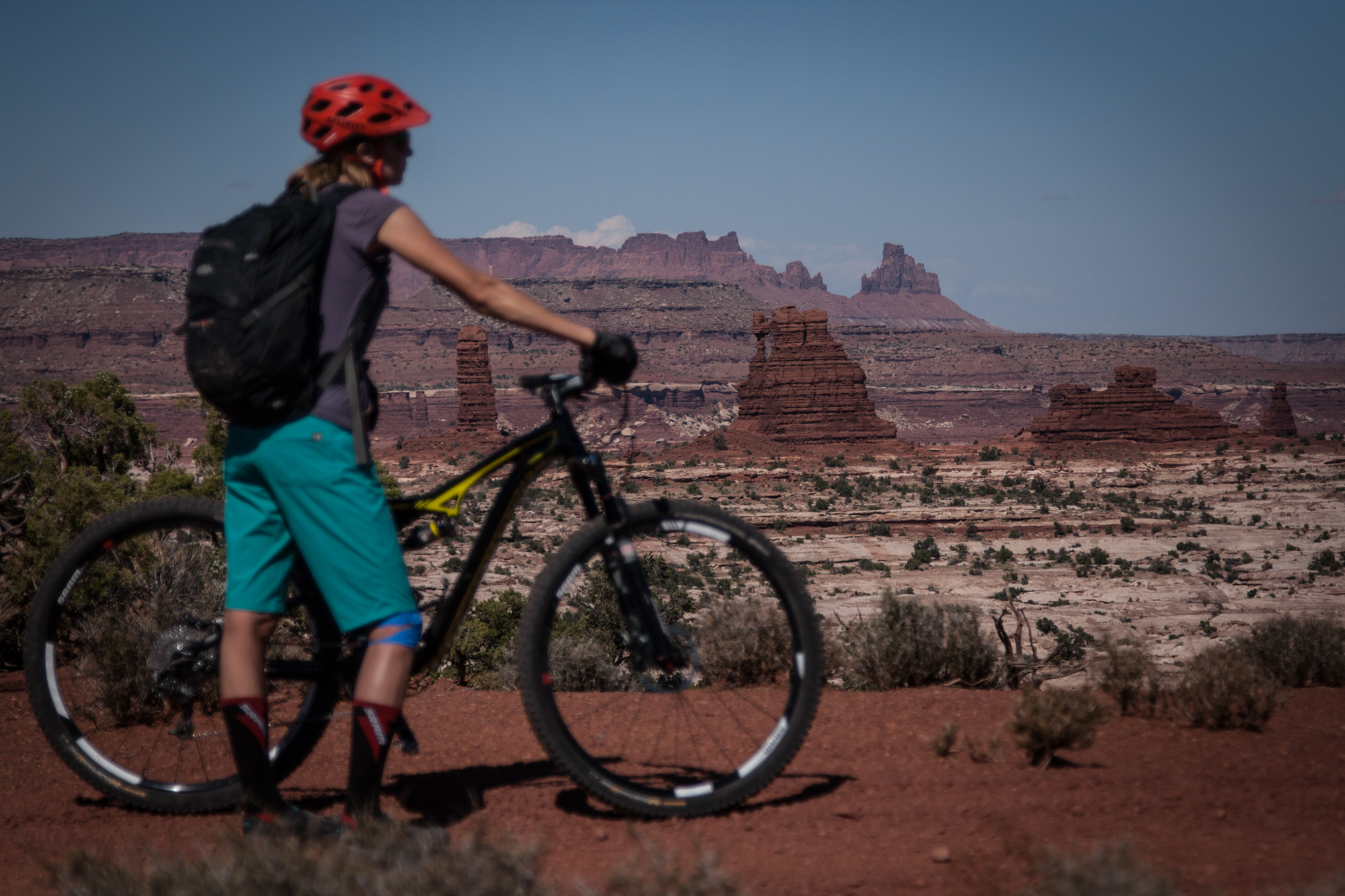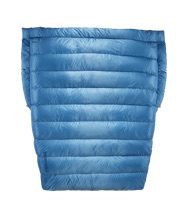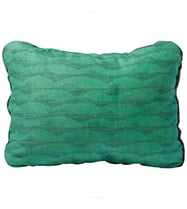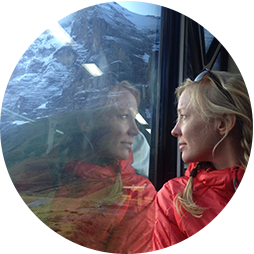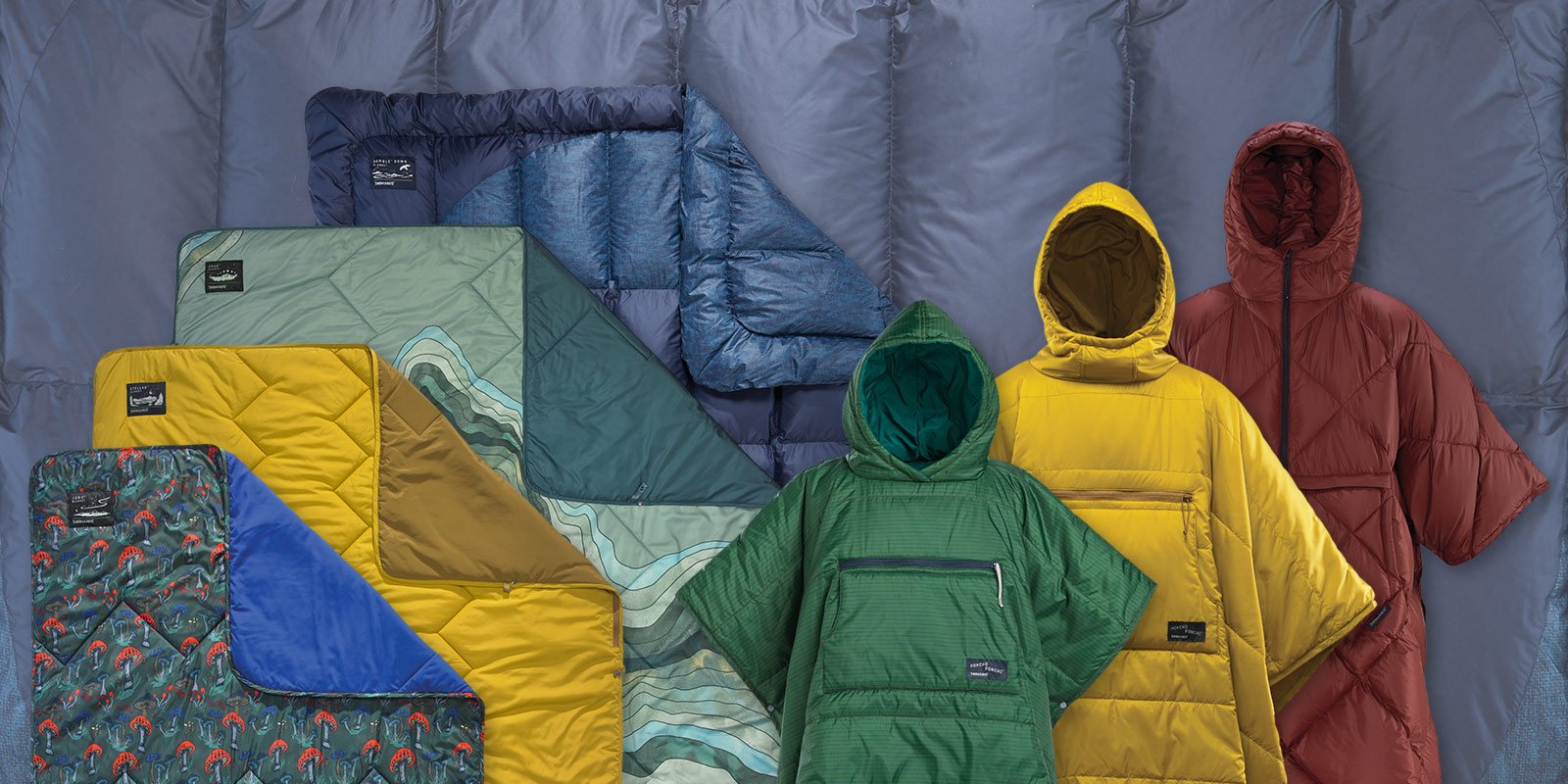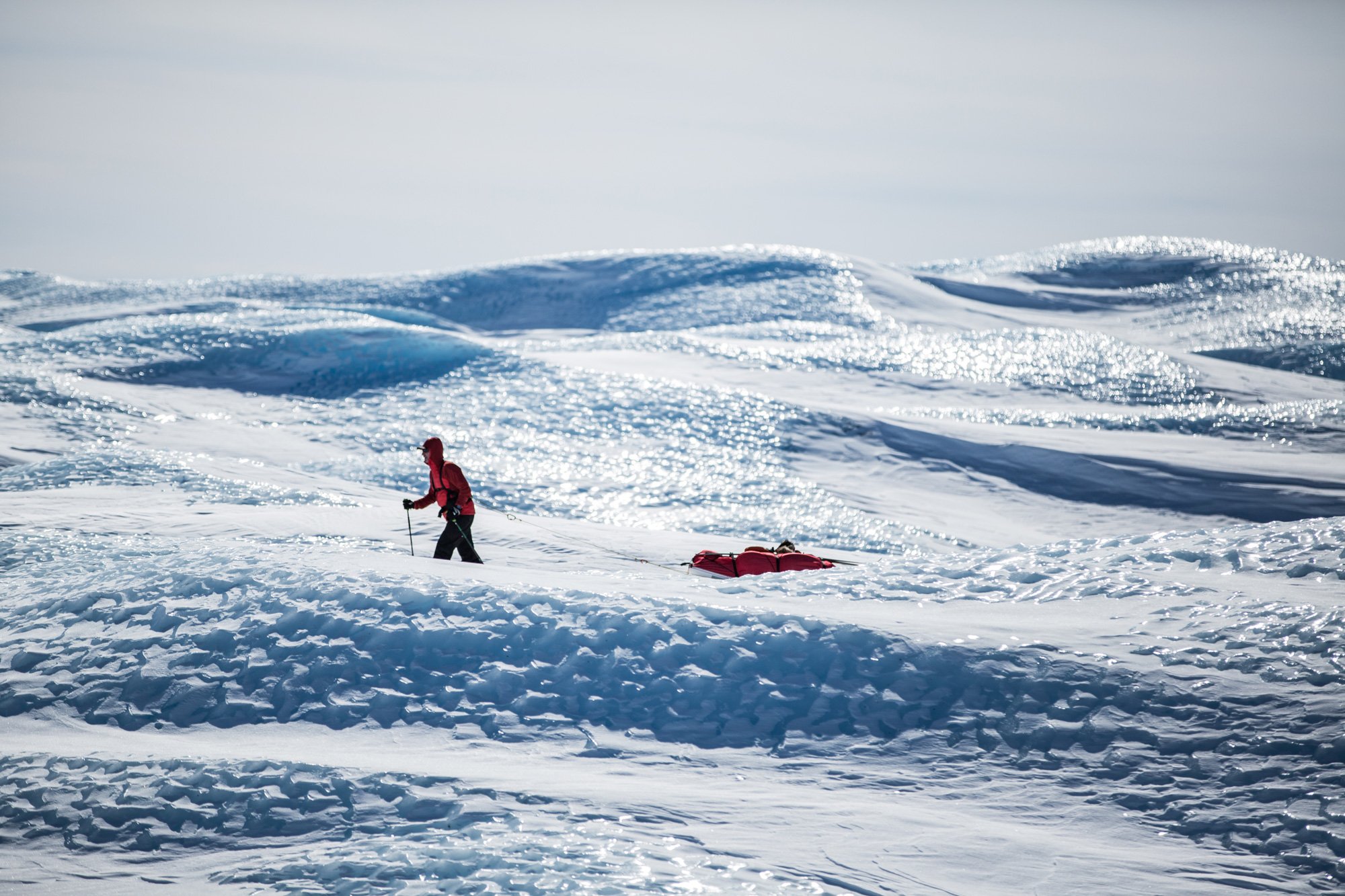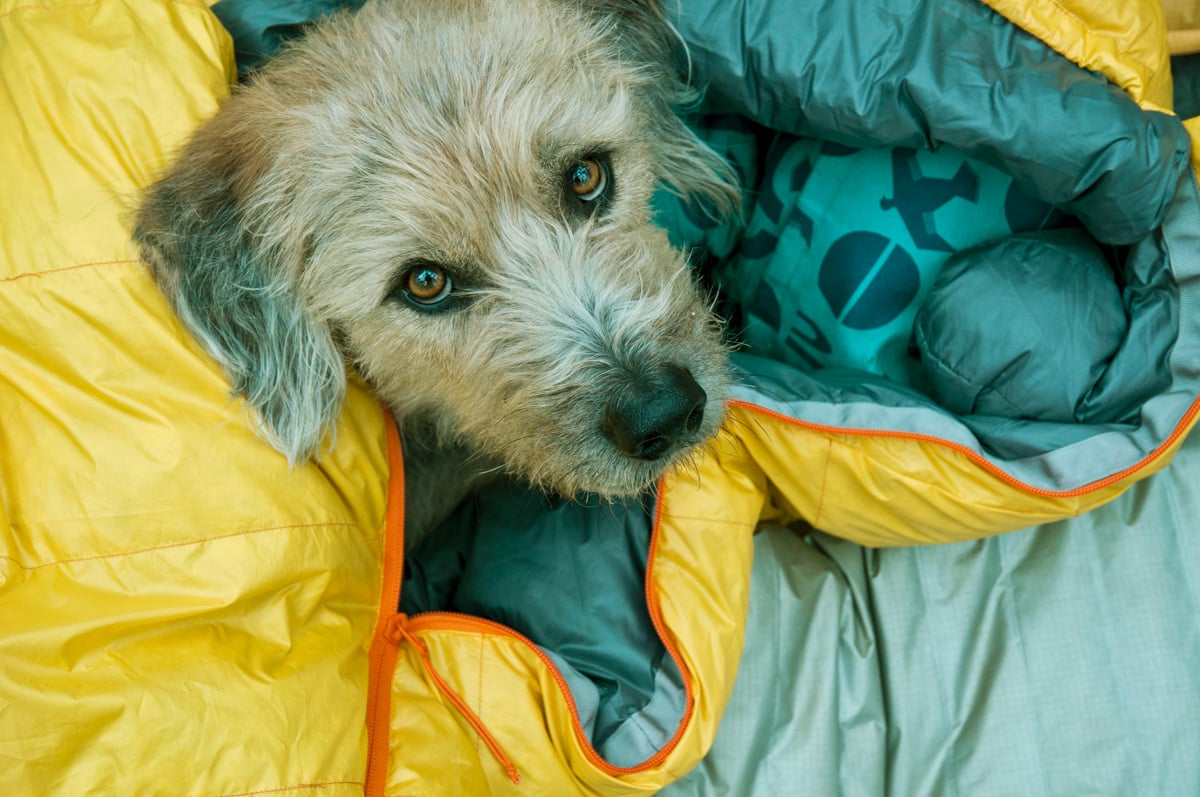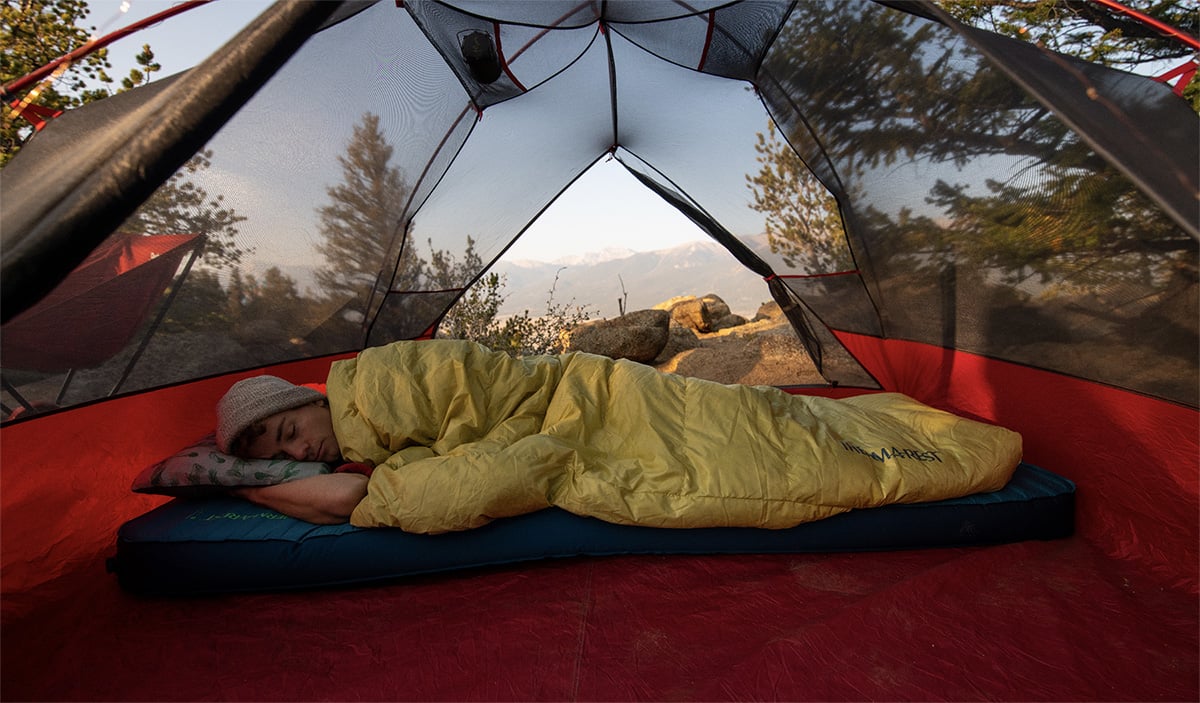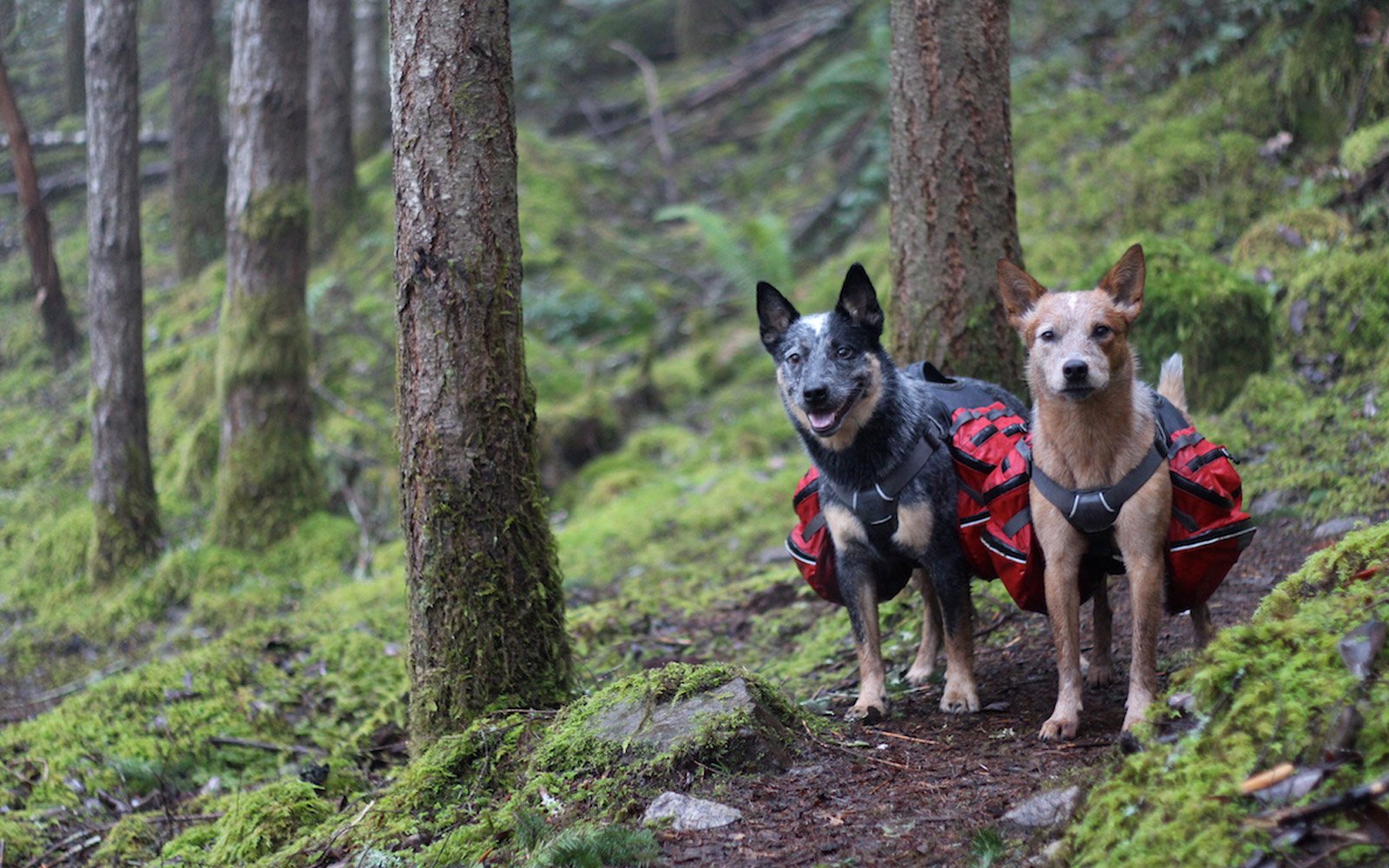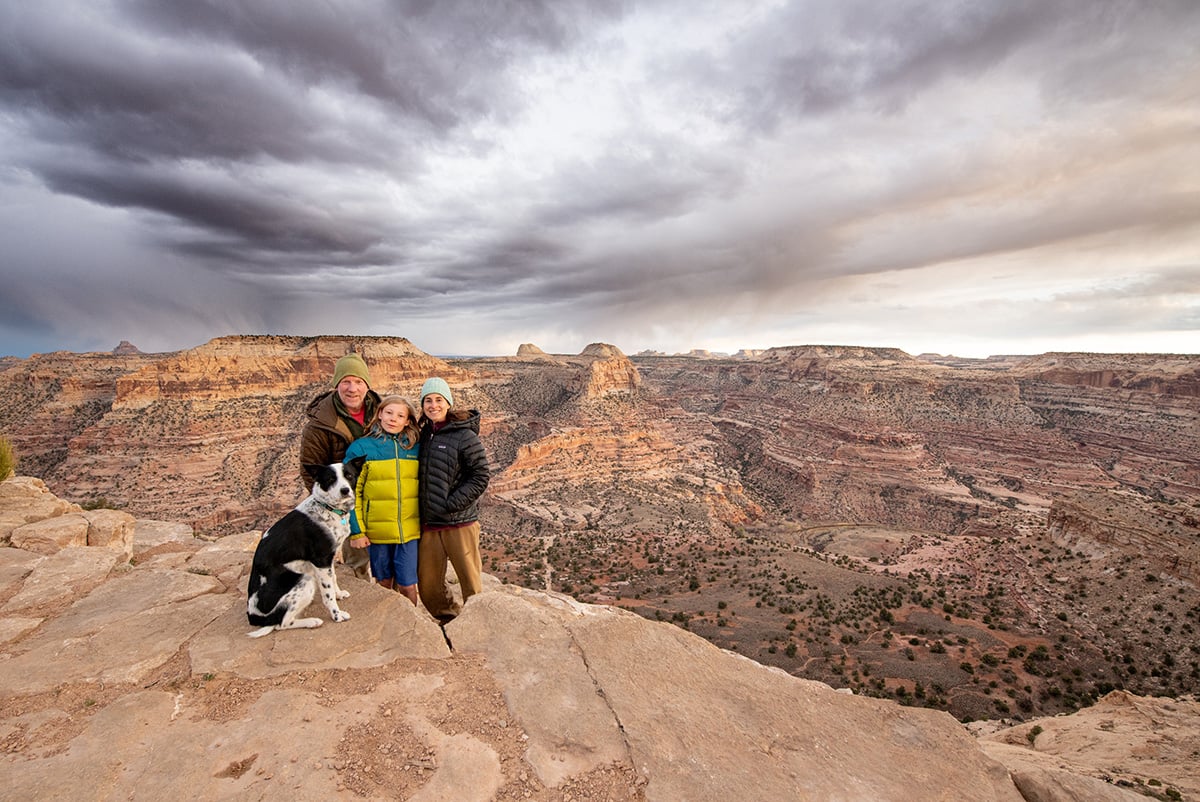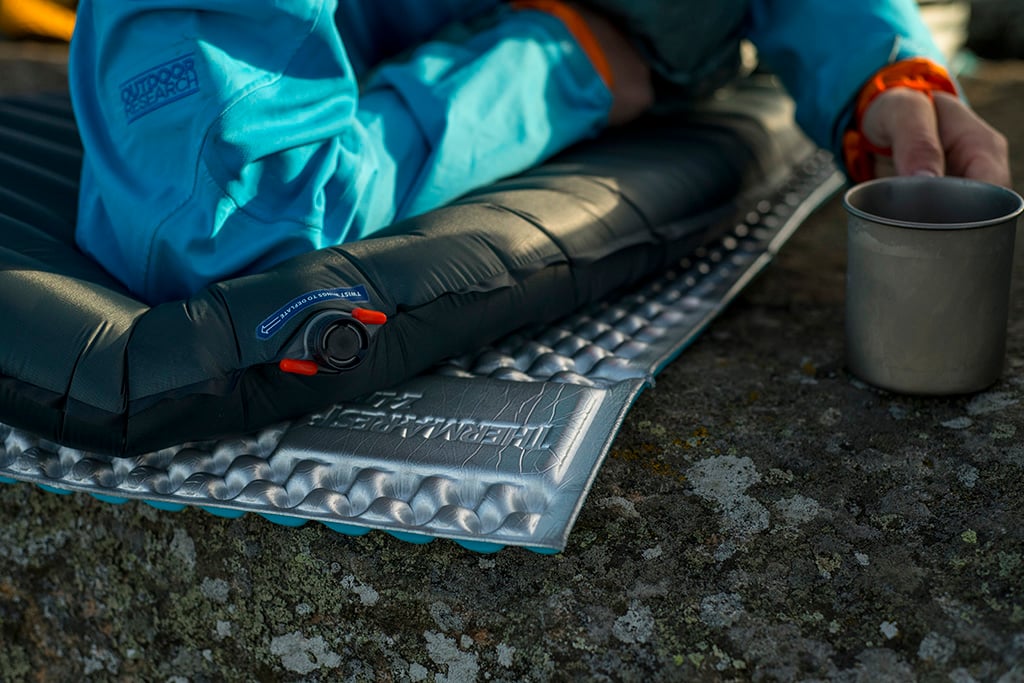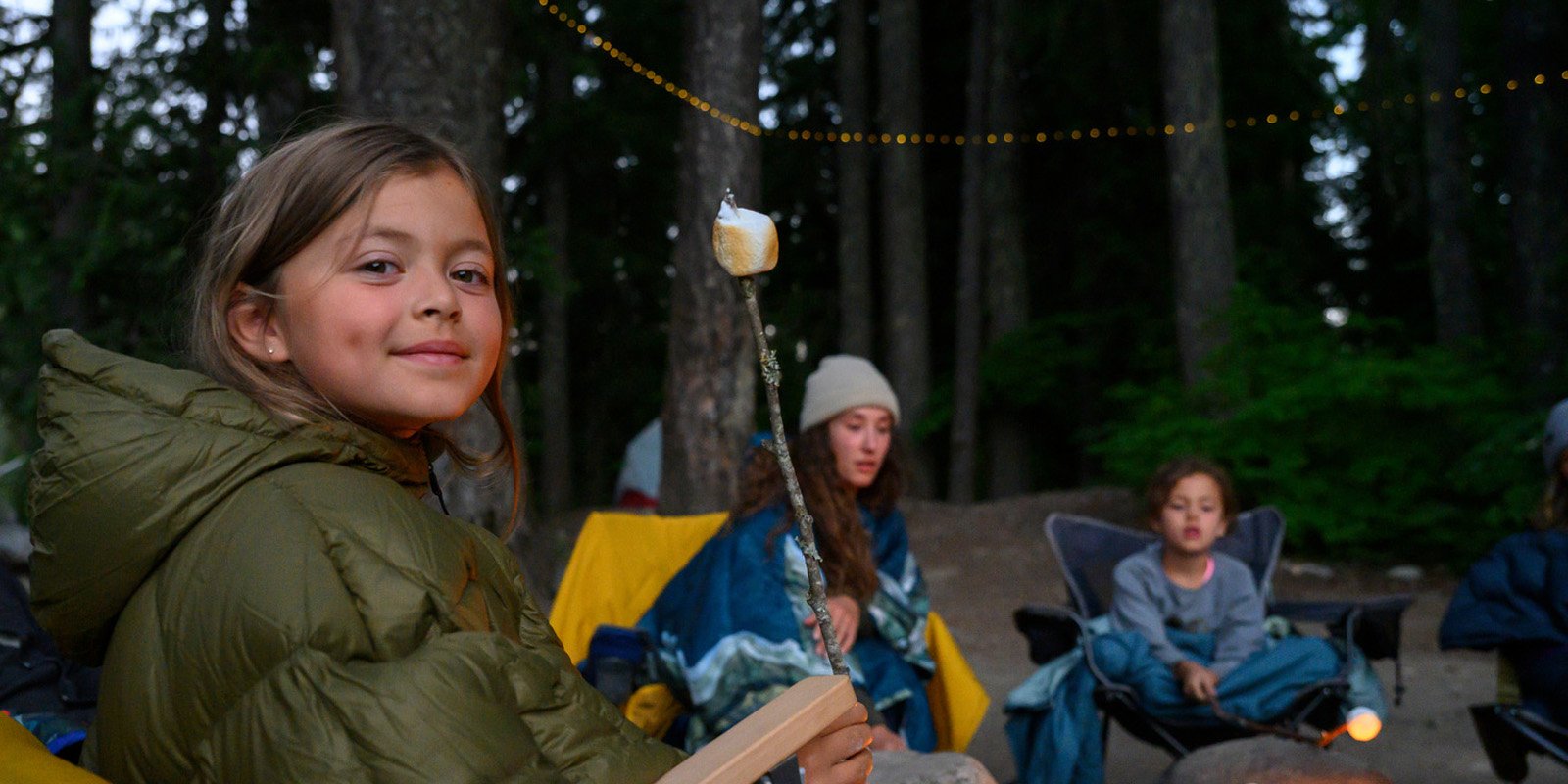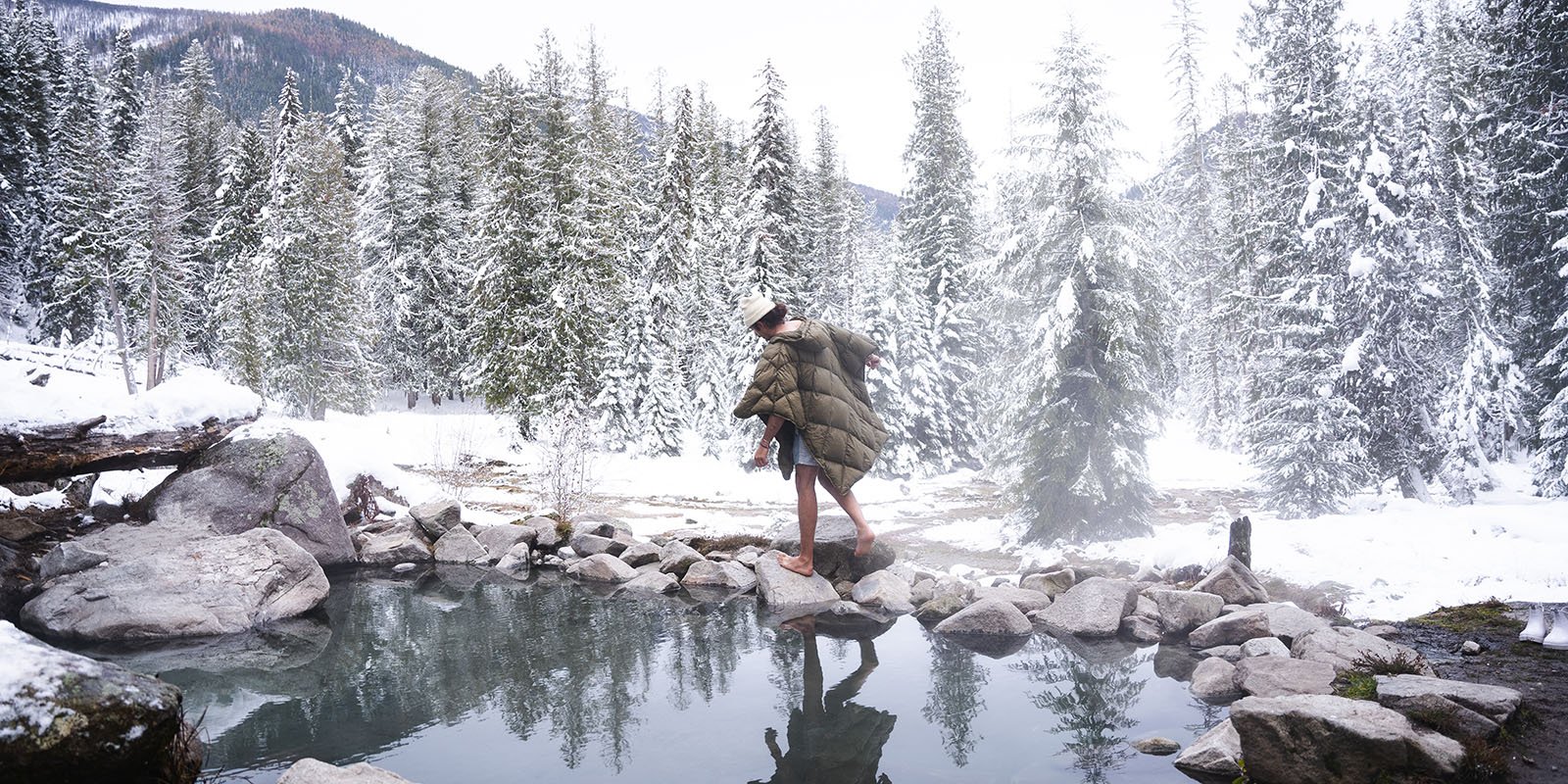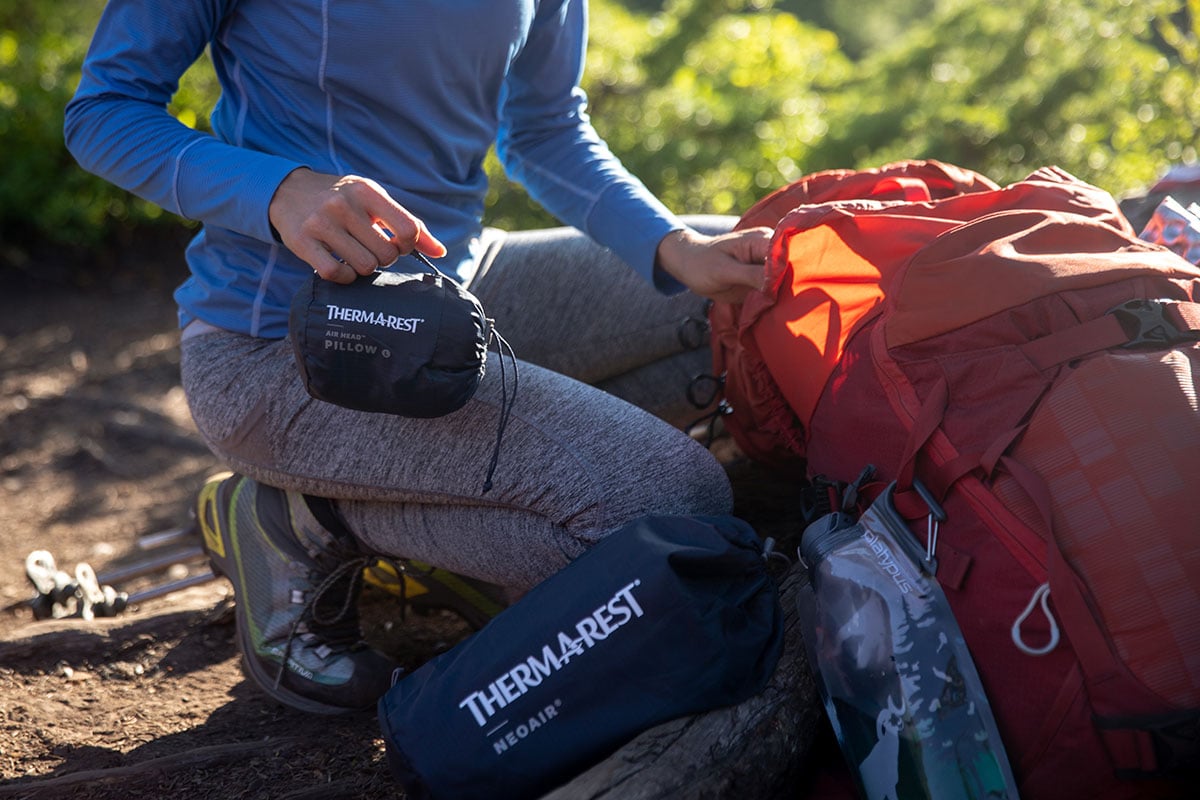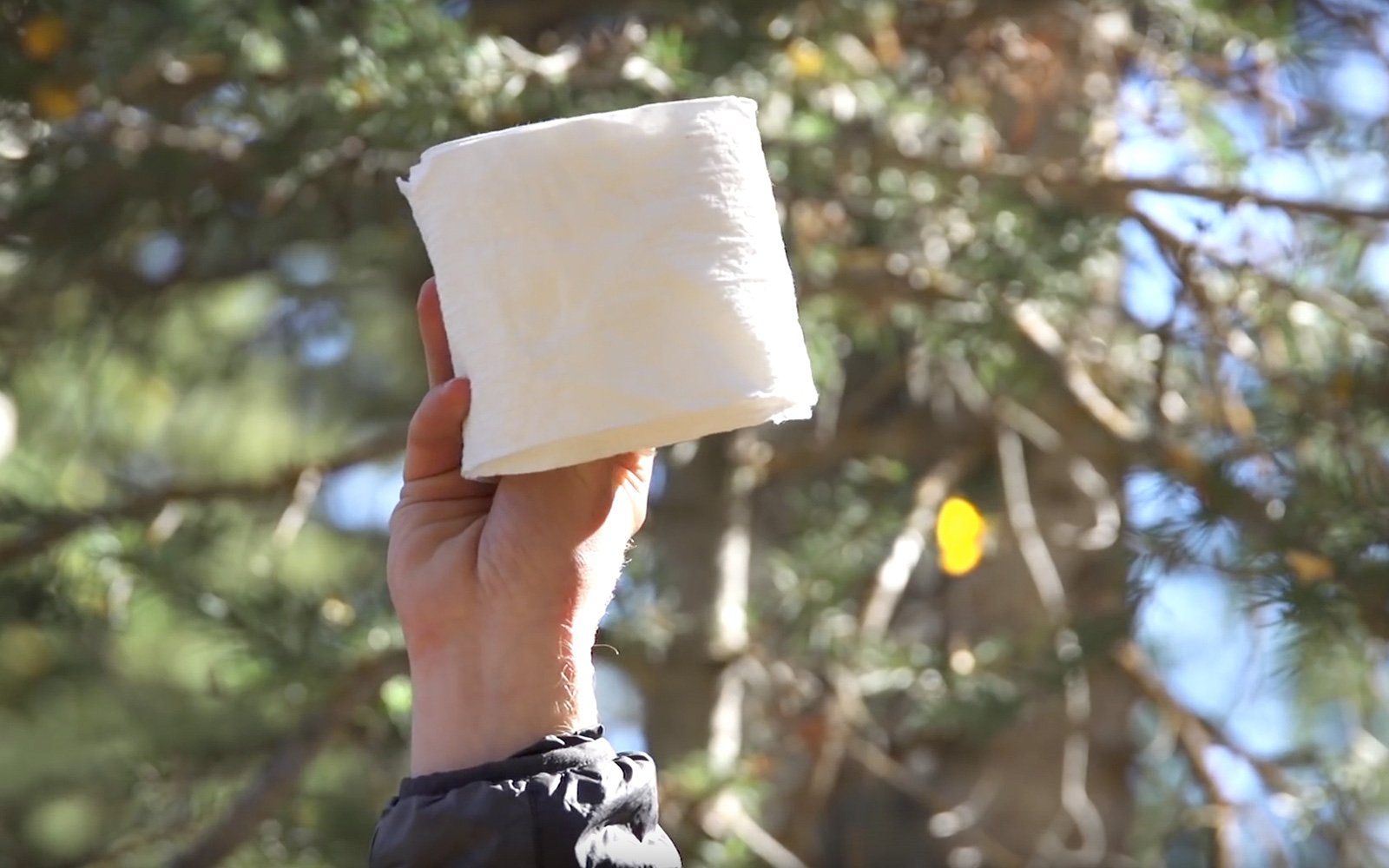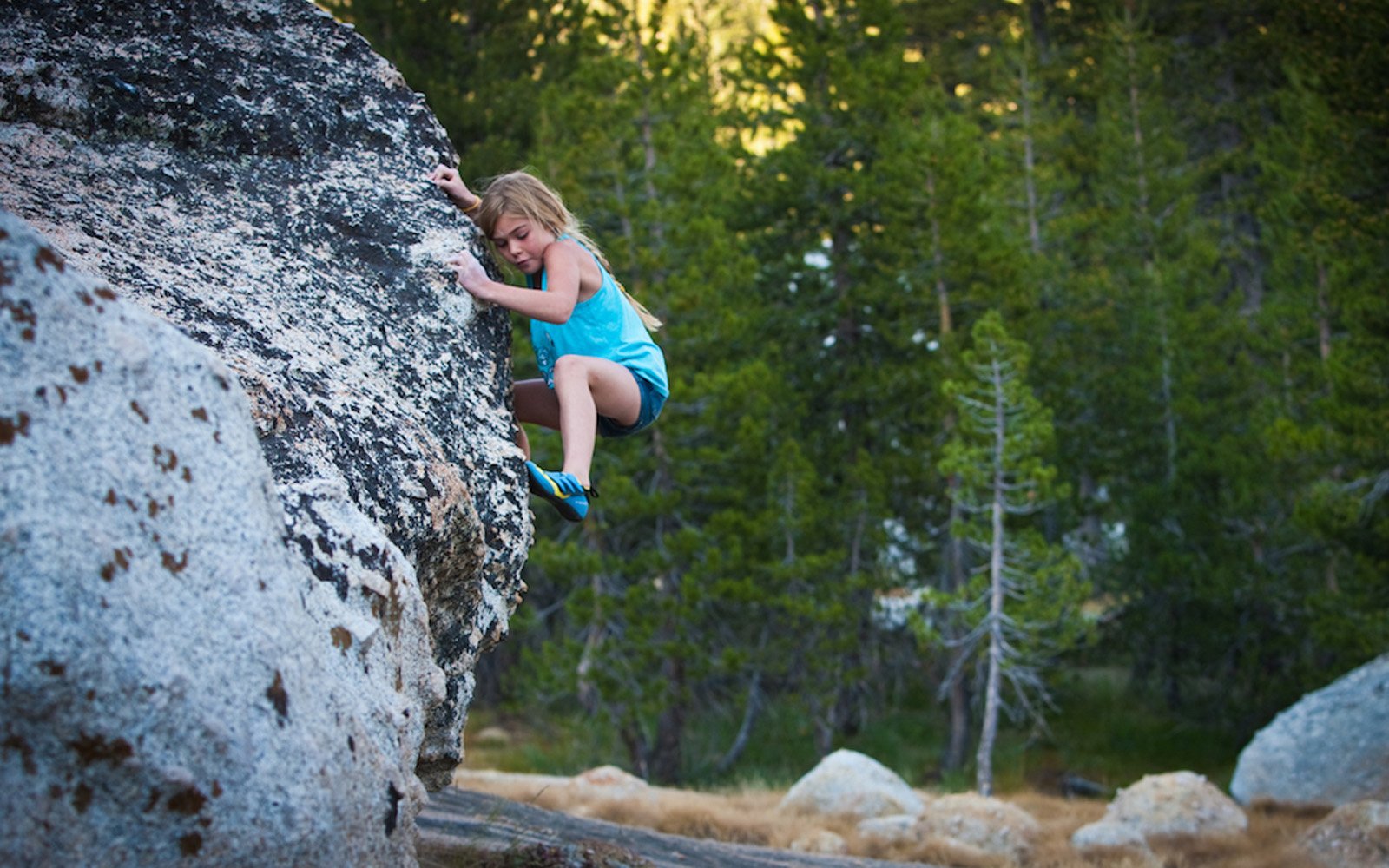I’d noticed it before on this trip, but not as acutely as I did when the lightning struck a little after midnight. Wrapped in my sleeping bag, I’d left the rain fly off my tent because, after three cloudy nights, we finally had a heart-achingly clear view of the stars and no rain in the forecast. A couple hours later, I woke to a cool raindrop on my cheek and a semi-moonlit mass of roiling clouds above me. Quickly spreading and anchoring the rain fly, I hurried back to the comfort of my sleeping bag a few minutes before a flash lit up the tent, followed six seconds later by a low but serious rumble echoing up the row of canyon walls. And then I noticed it—the smell.
As the raindrops patted the fly more loudly, the scent of the desert came rushing to life: The minerally clay smell of the slickrock. The herbaceous juniper and woody pinyon. Four days away from city shelter and computer stimulation had slowly begun to open my senses, and now they were dazzled. One more lightning strike followed four seconds later by the long-echoing thunder and a short cloudburst, and the storm was over. The striking silence returned—a silence so intense it seemed almost to press physically on my ears.
The Maze is the most remote, inaccessible area of Utah’s Canyonlands National Park, and we were four days into a five-day mountain bike tour along its cliffs and down into the storied labyrinth of slot canyons, buttes, towers, and sandstone walls below. Starting at the Hans Flat Ranger Station at the west end of Canyonlands, about three hours south of Green River, Utah, we would ride the high-clearance 4×4 roads from campsite to campsite, eventually paralleling the Colorado River to end at Hite Marina at the top of Lake Powell.
The landscape in that part of Canyonlands virtually echoes with lore—Butch Cassidy and the Sundance Kid famously hid out in the folds of the canyons, and Edward Abbey wrote about driving down the Flint Trail and rappelling into the Maze. Petroglyphs mark the route of Ancestral Puebloans who passed through long before. But the Maze isn’t on most mountain bikers’ radars because it’s remote and bikes are only allowed on the Jeep roads. But we were quick to find out that the rowdy Jeep roads provide plenty of fun beyond the scenery.
As our shuttle driver dropped us off to bike what Backpacker Magazine dubbed one of America’s 10 most dangerous hikes, the driver offhandedly gestured to the area where Aron Ralston famously survived a canyoneering accident by amputating his own arm. Any trip here is a serious logistical undertaking—even more so if you’re on bicycle. Few reliable water sources means you might have to carry your own, which is tough on a bike, especially for more than a day or two. So supported trips with companies like Western Spirit Cycling Adventures can be a bit more fun with a little less suffering.
As we descended into Elaterite Basin on the second day of the trip, the sun popped in and out from behind clouds, and even with its lower October angle, the intensity lurked threateningly in our psyches—this isn’t a place to take lightly. The flowing double track along the bottom of Big Water Canyon felt increasingly remote. The day before, we’d only seen a handful of Jeeps and one backpacker. Today we’d see even fewer people.
Sandy, technical washes broke up the easy riding along the way, but we made the 12 miles to our camp at the Maze Overlook in the early afternoon, with plenty of time to hike down to the Harvest Scene—a well preserved pictograph panel in Horse Canyon.
That night, the silence became more obvious. Once the pedaling and chitchat were over, the insects played a short serenade followed by that deep, dark silence. Usually on camping trips, I’ve at least laid awake hearing wind in the trees. Or insects. Or the occasional airplane overhead. The silence in the Maze was massive—impossible to ignore.
I set my tent as close as I dared to the edge of the Maze Overlook, partly afraid of a wind picking up in the night, but also unable to tear myself away from the view of the Chocolate Drops, the mocha-colored shale formation that towered over the lighter-colored striped labyrinth below. A single headlamp light flickered through a crack in the formation, probably from one of the backcountry campsites on the other side, a few miles away. Otherwise, not a single sign of human habitation marred the landscape. A single coyote eye-eyed so far in the distance, it made the landscape feel impossibly vast. Were my senses becoming a little sharper out here?
After retracing our route through Elaterite Basin, and despite my best efforts at downshifting and persevering, I wound up pushing my bike up two or three steep sections. A wide panorama of the Maze opened up on our left side as we descended to the last camp at Teapot Rock—the gateway to the Jeep road leading out toward the famous Doll House area along the Colorado River, just south of its confluence with the Green River. Sculpted white sandstone pedestals, bowls and basins connected with each other and layered over each other downward in every direction from our small camp plateau. Halfway to the horizon, the Colorado River’s sheer canyon walls glowed in sunset light.
On the one unsupported day of the trip, day four, we rode an out-and-back route tracing northward underneath the rim we’d descended, and then east past a bevy of rock fingers and funky formations, dropping the sandstone ledges and punching up techy little climbs along the Jeep road.
That night, the distant cliffs of the Island in the Sky district to the north glowed neon pink in the fading sun, while Teapot Rock above us bathed in crimson. I couldn’t resist leaving my tent fly off for the first truly clear evening of the trip. Wakened suddenly by that lightning strike a couple of hours later, it didn’t even feel like a chore to rush out and set up the fly. And losing sleep to the vivacious scents and sounds of the downpour was certainly no bother, either.
